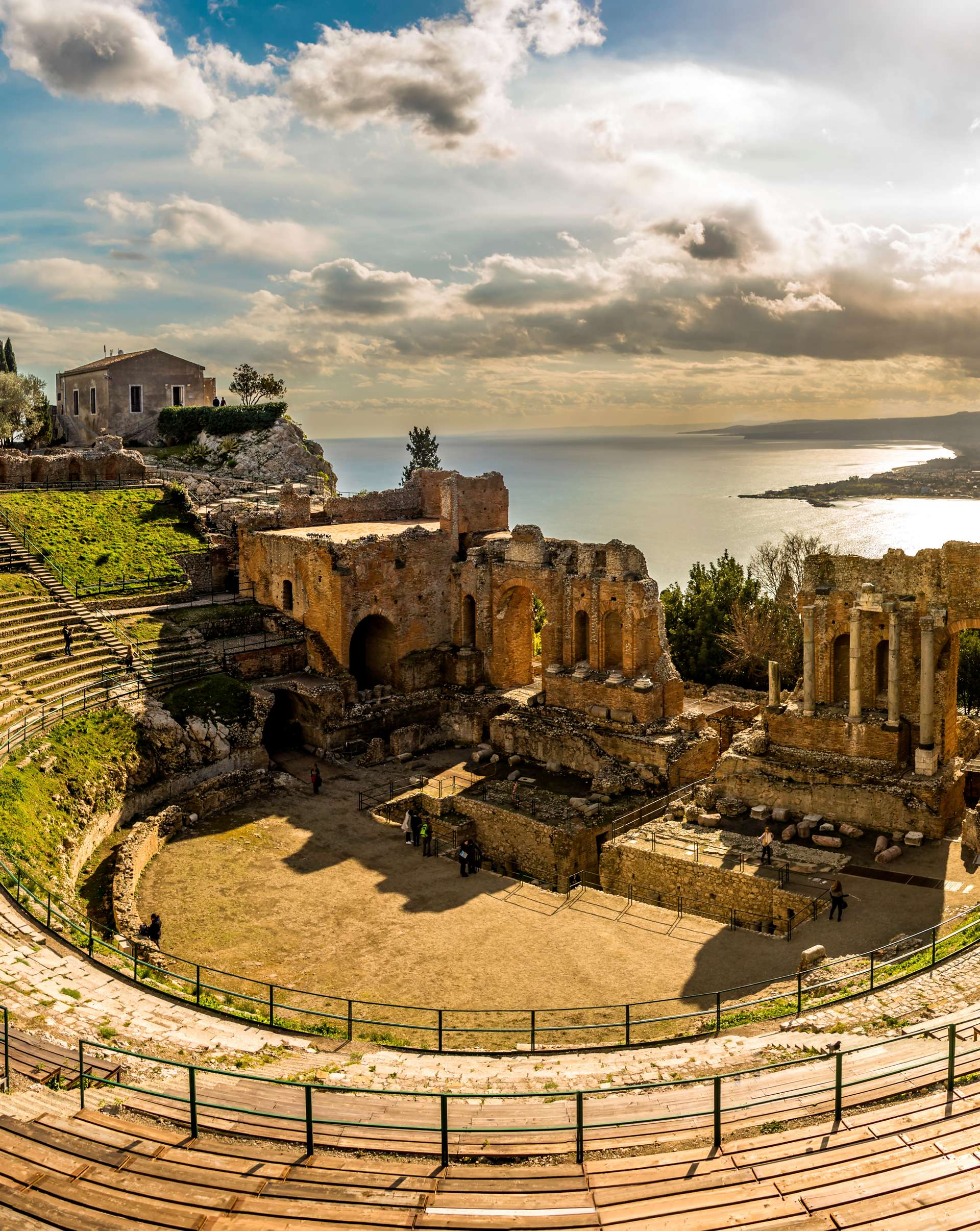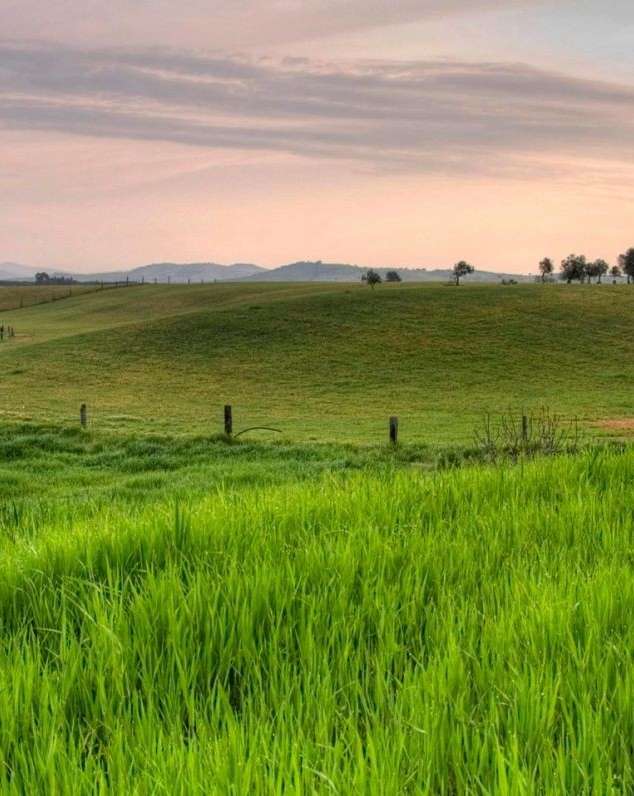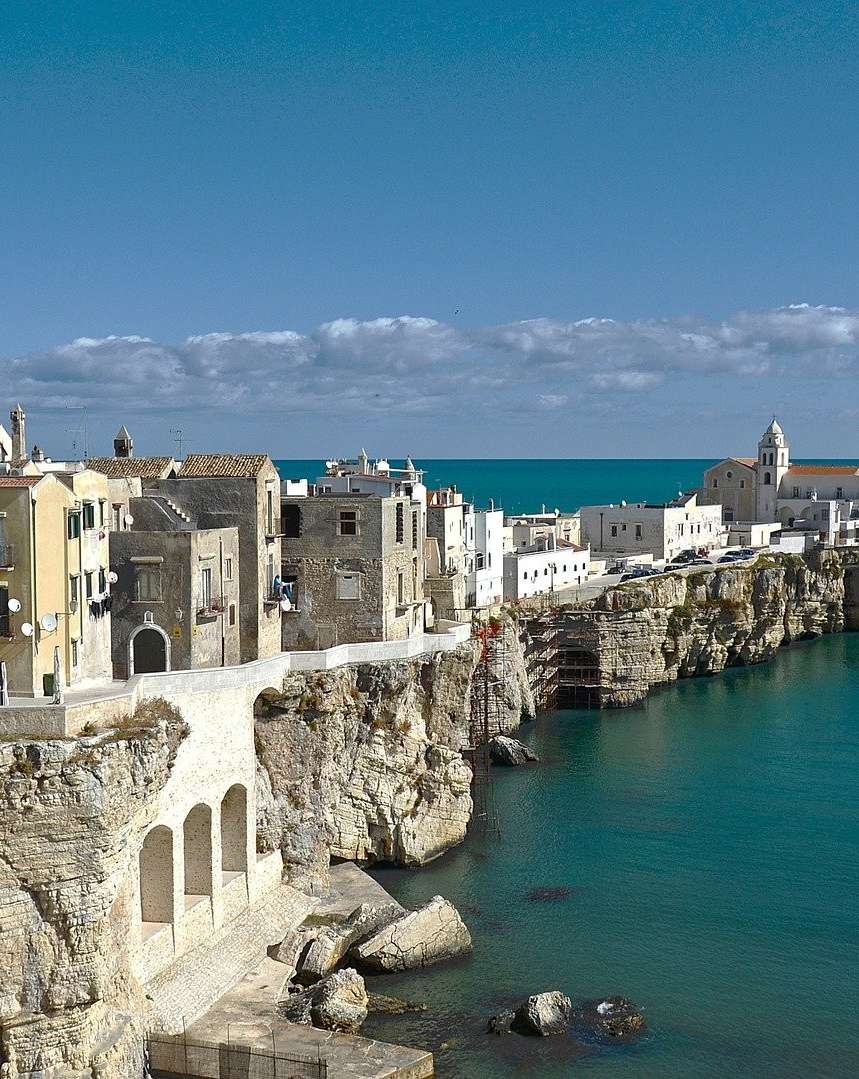
Valutating and authenticating artworks
February 25, 2024With the evolution of the art market and the increase in art forgeries, understanding how to evaluate the authenticity and value of a work of art becomes increasingly important. This article will explore the various aspects involved in assessing artworks, offering tips on how to avoid counterfeits.
Assessing and authenticating artworks is a complex and detailed process that requires extensive knowledge in the field of art, as well as access to specific tools and resources.
How to assess the authenticity of a work of art
Evaluating the authenticity of a work of art begins with a careful physical inspection of the artwork itself. Art experts examine the technique, materials used, and style, comparing them with known characteristics of the artist.
The analysis may include the use of advanced techniques such as radiography, infrared reflectography, and spectroscopy to investigate painting materials and techniques, as well as to reveal any alterations or restorations.
Provenance, or the history of ownership of the artwork, plays a crucial role in authentication. Well-documented and uninterrupted provenance can significantly increase confidence in the authenticity of a work. Additionally, documents such as sales receipts, letters, and historical photographs can provide further evidence of authenticity.
Tools and resources for assessing the value of a work
The assessment of the value of a work of art is influenced by various factors, including authenticity, rarity, provenance, condition, and the current market for similar works. Experts often rely on auction databases, reasoned catalogs, and artist archives to gather information on previous sales and compare similar works.
Furthermore, institutions such as auction houses and galleries provide estimates and valuations based on their experience and knowledge of the market. Access to specialized online platforms and consultation with independent experts can offer detailed and up-to-date assessments.
The importance of provenance and documentation
Clear and detailed provenance is essential not only for authentication but also for establishing the value of a work of art. Historical documents, sales records, and correspondence can trace the history of an artwork, increasing its desirability and value. The lack of a solid provenance or gaps in the ownership history can raise doubts about authenticity and decrease the value of the work.

To avoid purchasing counterfeit artworks, it is essential to rely on reliable sources and always request complete documentation. Buying artworks from reputable galleries, renowned auction houses, and through experienced art consultants can significantly reduce the risk of encountering fakes. Additionally, investing in professional appraisals and authentications before making significant purchases is a crucial step in ensuring the legitimacy of an artwork.
What is an Expertise?
Expertise in art can be understood in two main ways:
Expertise of an expert
In this sense, expertise indicates the deep knowledge and understanding of an individual in a specific area of art. It may involve an artistic movement, a historical period, a specific artist, or even broader domains. An art expert has extensively studied the subject, has experience in analyzing artworks, and can recognize styles, techniques, and artistic influences.
Evaluation document
Another meaning of expertise is a document drafted by an art expert, which provides a detailed description of a specific artwork. This description includes:
Authenticity. The expert determines whether the artwork is authentic, i.e., attributable to the stated artist.
Attribution. If the artist is unknown, the expert may attempt to attribute the artwork to a specific artist or school.
History and provenance. The document reconstructs the history of the artwork, including who created it, who owned it in the past, and how it came to the current owner.
Technique and materials. The expert analyzes the technique used by the artist (oil painting, bronze sculpture, etc.) and the materials used.
Condition. The document describes the condition of the artwork, any restorations performed, and its market value.
This type of expertise is essential for several reasons, such as:
Ensuring authenticity. It is important for both the buyer and the seller to have confirmation of the artwork's authenticity.
Estimating value. The expertise provides an assessment of the artwork's market value, useful for insuring it, selling it, or dividing it in case of inheritance.
Preserving the artwork's history. The document records the artwork's history, helping to reconstruct its artistic and collecting journey.
Conclusion
Assessing artworks requires a thorough understanding of artistic techniques, access to specific resources, and a critical look at documentation and provenance. As the art market continues to evolve, the importance of detailed assessment and authentication procedures remains fundamental to protect both collectors and the global artistic heritage.
Following established practices and leveraging the expertise of professionals in the field can help navigate the complex world of art with greater confidence and knowledge
...
WeVillas is not just synonymous with luxury.
It's a true emblem of a lifestyle. And the intersection of art, luxury, and lifestyle transforms every stay into a cultural and emotional journey.
We are always ready to offer you the best luxury travel experience!
We are a young and enthusiastic group, working in luxury tourism for over 10 years. We personally select the villas we offer to our clients and ensure they meet the highest standards from every perspective.
For our clients, we seek only the best, nothing less!
Insights
How to create a meaningful and personal art collection
Valutating and authenticating artworks
The Art Market and Current Trends
Identifying the Style and Artistic Interest in Art Collections
Exploring the world of art collecting
The succession of the art collection: a guide for collectors and heirs
From galleries to auctions: where to find artworks for your collection










